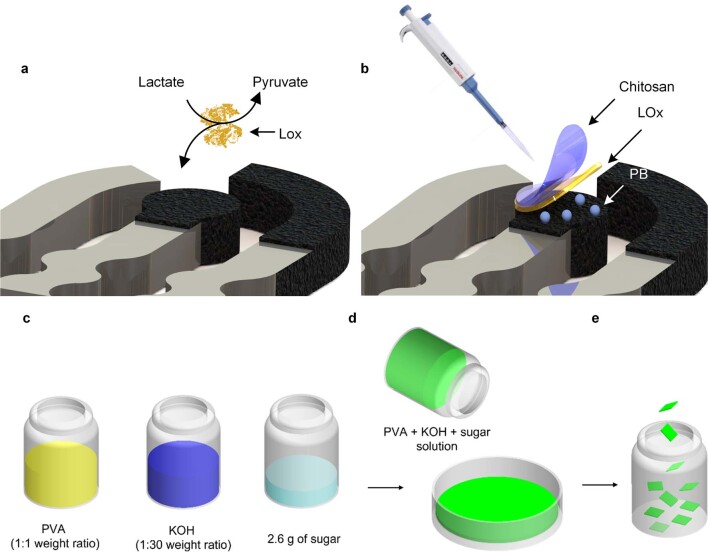Extended Data Fig. 3. Electrochemical electrode modification preparations.
a–b. electrochemical lactate electrodes mechanism and modification. (a) Lactate sensing was based on detecting the biocatalytic oxidation of lactate, glucose, or alcohol molecules to pyruvate along with the production of hydrogen peroxide. (b) The Prussian-blue working electrode was modified first by drop-casting 1.5 µL of a solution of LOx (40 mg/mL) containing BSA (10 mg/mL) in 0.1 M PBS pH 7.3. The sensor was left at room temperature to allow the drying of the enzymatic layer. After the layer was dried, 2 µL chitosan (0.5 wt% in acetic acid) was drop-casted on the sensor to stabilize the biocatalyst layer on the PB surface. The modified electrochemical sensor was then stored at 4 °C overnight. The modification was made after the sensor was assembled onto the earphone. c–e. PVA hydrogel preparation. (c) A mixture of solutions of PVA, KOH, and sugar were prepared separately in water. (d) Next, a mixture of 10 g of PVA, 14 g of KOH, and 2 mL of sugar solutions were mixed inside a glass container under mild stirring. A volume of 15 g of the resulting solution was poured into a glass slide and left inside a vacuum desiccator overnight. (e) The formed hydrogel (thickness: 0.5 mm) was immersed in 0.1 M PBS pH 7 to remove the residue. After washing, the hydrogel disk was sliced and stored in 0.1 M PBS buffer.

